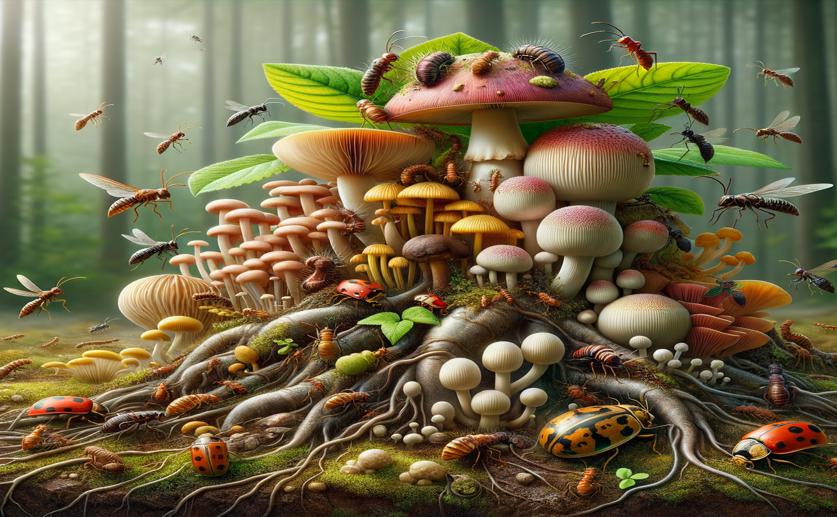
Understanding Fungal Communities in Complex Plant and Insect Relationships
Greg Howard
15th May, 2024

Image Source: Natural Science News, 2024
Key Findings
- The study took place in tropical rainforests and focused on the fungal communities within ant nests
- Fungal diversity in ant nests increases as ant colonies grow, with more complex communities forming in established colonies
- The type of ant species significantly influences the composition of fungal communities in the nests
References
Main Study
1) Dynamics and drivers of fungal communities in a multipartite ant-plant association
Published 14th May, 2024
https://doi.org/10.1186/s12915-024-01897-y
Related Studies
2) The biomass distribution on Earth.
3) The abundance, biomass, and distribution of ants on Earth.
4) Ants are the major agents of resource removal from tropical rainforests.



 1st February, 2024 | Phil Stevens
1st February, 2024 | Phil Stevens